How Long Does 1,000 Litres of Heating Oil Last?
Contents
How Long Does 1,000 Litres of Heating Oil Last?
Understanding how long 1,000 litres of heating oil lasts is key for households and businesses that rely on oil heating. With energy costs fluctuating and colder months pushing demand higher, knowing what influences fuel consumption can help you budget smarter and stay warm efficiently.
This guide breaks down typical usage, shows how to estimate your own consumption, and offers practical ways to make every litre go further.
How Heating Oil Consumption Varies
Heating oil use isn’t one-size-fits-all. It depends on several factors that directly affect how long your supply will last.
1. Household and Building Size
Bigger homes and larger families naturally use more oil to heat a greater area and maintain comfort levels.
2. Insulation Quality
Good insulation reduces heat loss and limits how often your boiler needs to fire up. Upgrading attic, wall, and floor insulation can significantly lower consumption.
3. Boiler Efficiency
A modern condensing boiler typically converts more than 90 % of fuel into heat, while older systems can waste 20 % or more. Regular servicing keeps performance high and costs low.
4. Seasonal Demand
Colder weather drives up heating time and thermostat settings. Expect higher daily usage in winter, especially during prolonged cold snaps.
According to government data on household energy use, an average UK home using oil consumes roughly 1,200 litres per year. That gives a useful baseline for estimating how long your 1,000 litres might last.
Estimating the Duration of 1,000 Litres
Here’s a simple way to visualise it.
-
Annual average: 1,200 litres per year
-
Monthly average: 100 litres per month
-
Daily average: about 3.3 litres per day
From this, 1,000 litres could last roughly 10 months, assuming average household demand and a moderately efficient boiler.
However, every property differs. Well-insulated homes might stretch a fill closer to a year, while draughty, high-demand properties could use the same amount in half that time.
Practical Tips to Conserve Heating Oil
Reducing consumption isn’t just good for your wallet — it also lowers emissions and maintenance costs.
Use Smart Thermostats
Programmable or smart thermostats automatically lower the temperature when you’re out, preventing wasted heat.
Upgrade Insulation
Focus on roof spaces, cavity walls, and exposed floors. The Energy Saving Trust notes insulation upgrades can cut heating loss dramatically.
Service Your Boiler Annually
Regular servicing ensures efficient combustion, safe operation, and early detection of issues that might waste fuel.
Seal Draughts and Gaps
Check around windows, skirting, and doors. Simple draught excluders or sealant can make a noticeable difference.
For broader government guidance on safe, compliant oil storage that prevents leaks and wastage, review:
GOV.UK – Storing oil at a home or business
Lifestyle and Usage Patterns
Heating habits vary widely. Two identical houses can have completely different consumption rates based on who lives in them and how often they’re home.
-
Families with young children often run heating longer through the day.
-
Remote workers may use more oil than commuters.
-
Frequent travellers can extend refill cycles by weeks or months.
External temperatures, exposure to wind, and even personal comfort preferences (like keeping rooms warmer than average) all influence how long your tank lasts.
Fire and Environmental Safety
Efficient use goes hand in hand with safe operation. Check your oil tank periodically for corrosion, loose fittings, or signs of leaks, especially after refilling. Install alarms or gauges to prevent over-fills and monitor usage accurately.
For full regulatory detail on proper containment and maintenance standards, see:
NetRegs – GPP2: Above-ground Oil Storage (2022 PDF)
And to keep your property fire-safe while storing oil, consult:
Home Office – Fire Safety in the Home (PDF)
Wrapping Up
In summary, 1,000 litres of heating oil can last anywhere from six months to over a year depending on property size, insulation, and lifestyle. Tracking consumption, improving efficiency, and following storage best practice help you get the best value from every fill.
If you’re looking for reliable supply options or guidance on managing your heating system, visit:
Oil Tanks Plus – Home
For more advice, check our post on:
Buying a House with an Oil Tank – What You Need to Know

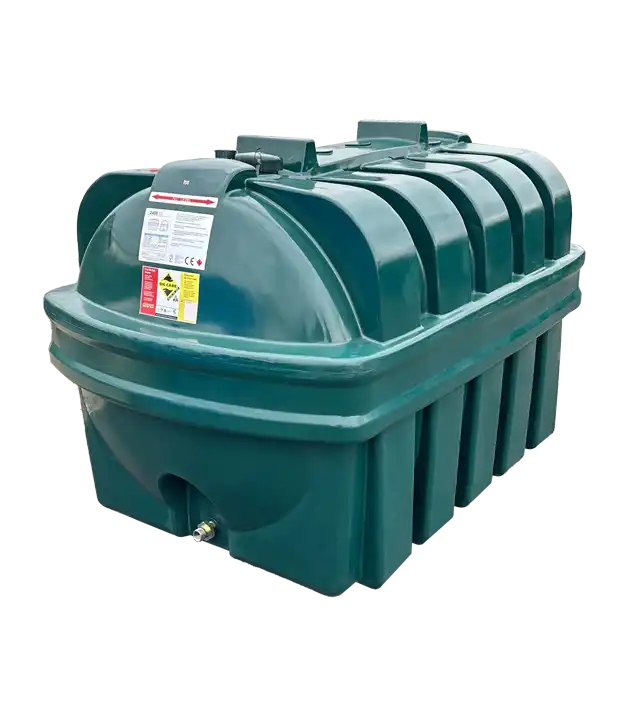
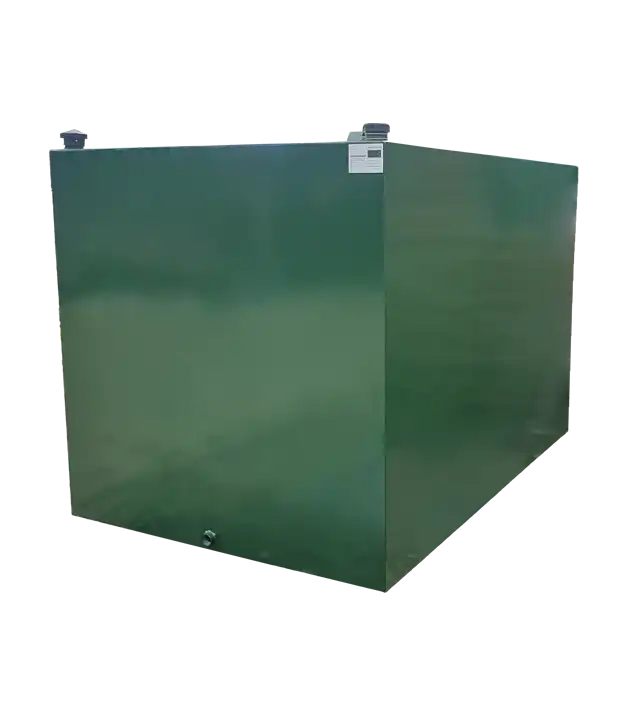
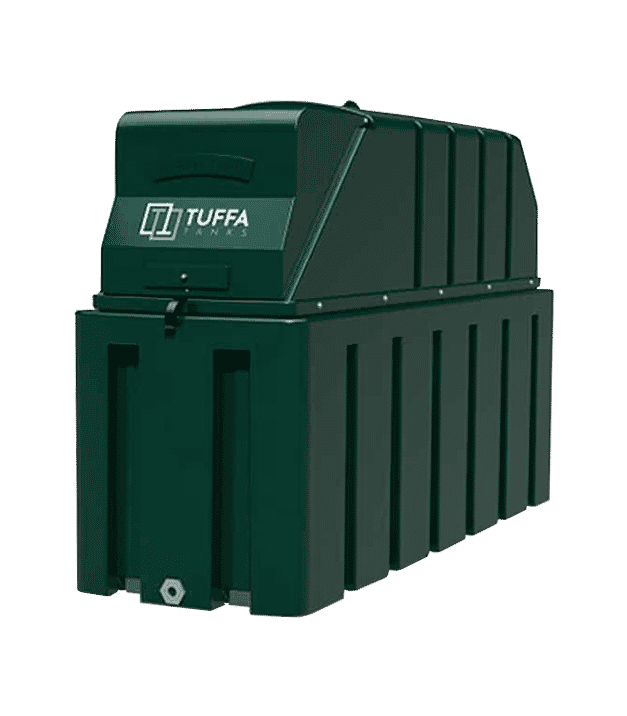
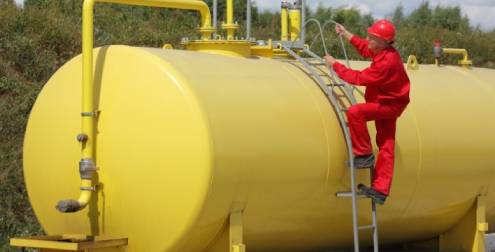
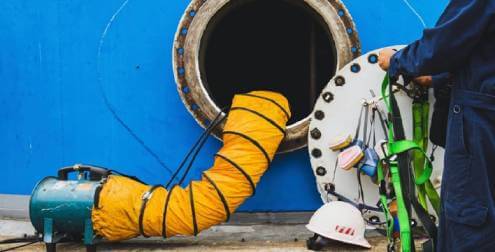


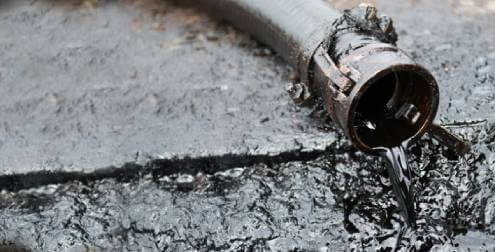
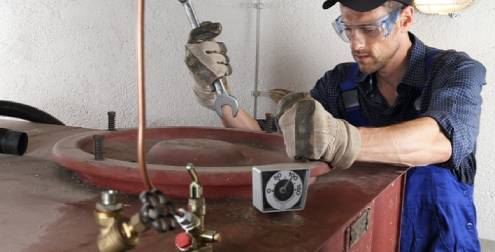

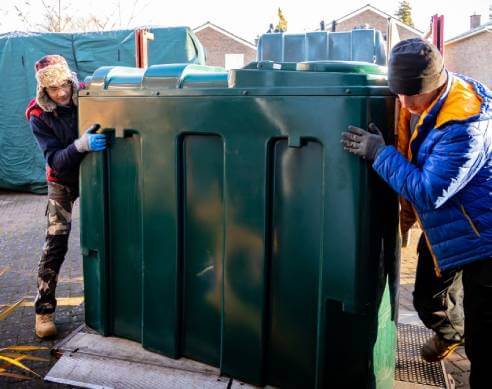



Share This: